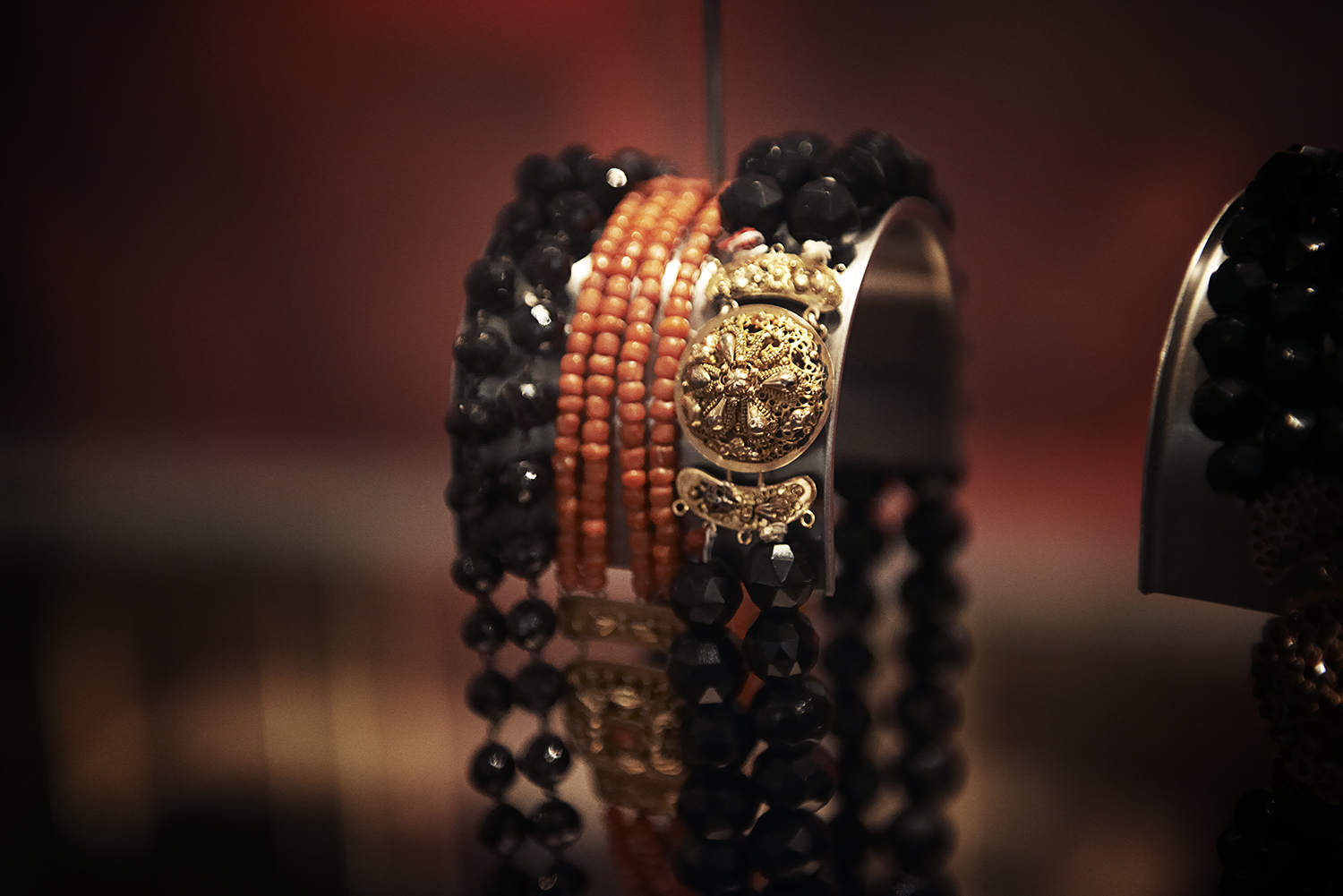By Aimah Moiz and Anton Moggré
As you may have been notified in your recent newsletters, the local museum, the Zeeuws Museum, has been nominated for the annual BankGiroLotterij Museum Prize. Every year, this prize is given to one of three nominated museums. The criteria for the nomination of a museum this year was that it had to be firmly rooted in its region, and involve the residents of its region effectively. To find out more about the Zeeuws Museum and its work, Tabula RASA decided to interview Marjan Ruiter, the managing director of the museum.
Ruiter tells us that while the Zeeuws Museum does primarily focus on the history of the province of Zeeland, the museum has a larger purpose than merely exhibiting the artefacts in its possession. She explains this with the example of their current exhibition, ‘Handwerk’. The display of dresses and hats which employ use of the nearly forgotten signature Zeelandic plooien technique is just, ‘a single layer’ of their aim. “For us it is important to have knowledge on the collection. So we collect the information and make films to show it to people. The next layer is that we want to show you how it was done, so we have how to videos so that you can do it too.”
The museum’s work does not end there. The Zeeuws Museum is also teaching these techniques to the students of the Meester Opleiding Coupeur, a tailoring institute in Amsterdam. After this session ends the institute will make these techniques part of their curriculum, consequently preserving this art for generations to come. However, this is not the final step. With the help of the Dutch fashion designer Antoine Peters, the Zeeuws Museum wishes to make the traditional dress part of the modern dress. Peters is also learning these techniques and his next masterpiece which is due in June, will be inspired by the traditional Zeeuwse dress.
The Zeeuws Museum is perhaps one of the first museums to use fashion to involve history with the present day. Ruiter believes that the aim of the Zeeuws Museum is not to merely make people aware of their culture, but also to make people aware of their history. “They might get respect for it and become appreciative, but we want to go a step further. We want it to be a part of today’s culture, not a part of our past only,” she says. And the Zeeuws Museum has been doing so ever since it opened seven years ago.
“I think one of the examples of the impact we had was the jewelry from the local dress”, notes Ruiter. “Around ten years ago, women didn’t wear it at all, because it was so old fashioned. It was not cool at all. So if people received anything in inheritance, the best case scenario would be that they would hide it in their closets and worst case they would sell it or break it up.” In order to change this mentality they asked designers to work with them to help them make contemporary versions of the traditional jewelry. “We sell quite a lot of jewelry in the store that is inspired from the local jewelry that uses the traditional Zeeuwse Knop(button) and the blood coral in a contemporary way and now you see there are a lot of people wearing the local jewelry again.” Surprisingly, people are not only purchasing the contemporary versions but several local jewelers say that they are even getting orders to makes replicas of the traditional jewelry, such as the old fashioned wedding rings.
Ruiter is also quite happy at UCR’s involvement with the museum. “We have professors from both the history and the art history departments coming here and using objects as a source which I find a very interesting development. When you study archaeology you use mostly objects, but contemporary historians hardly ever use objects as an historical source and I find it very interesting that this is being done.”
However, Ruiter believes that this co-operation has significant room for increase and could be substantially beneficial for both parties: “The museum staff is very limited. We have people who are good in styling, in writing, in exhibitions, but we do not have a large body of people who can focus on science”, she adds. Ruiter feels the Zeeuws Museum can offer UCR numerous opportunities to do scientific research especially given that some of the objects in their vast collection have never been researched on at all. .”
While the museum has immense capacity for research for UCR students, merely endowing people with knowledge is not the Zeeuws Museum’s aim. “We want to connect people. Connect people to each other; connect them to their history, to their heritage. We wish to be a place for discussion, a place for the exchange of stories, a place for inspiration. That is also why we were nominated.”
Please visit the link below and vote now! https://www.museumprijs.nl/zeeuws-museum-middelburg
Aimah Moiz, class of 2017, is a mathematics and physics major from Karachi, Pakistan
Anton Moggré, class of 2015, is a law and politics major from Utrecht, the Netherlands

